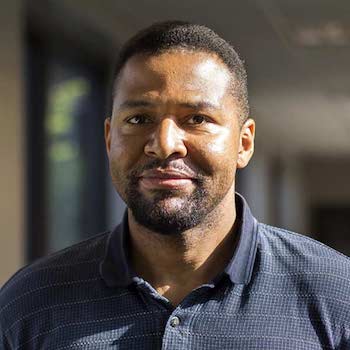
Professor John Foster pens most-highly cited paper
Professor John Foster’s article, “Plasma-based water purification: Challenges and prospects for the future,” was the most highly cited paper published in 2017 in the journal Physics of Plasmas.

Professor John Foster’s article, “Plasma-based water purification: Challenges and prospects for the future,” was the most highly cited paper published in 2017 in the journal Physics of Plasmas.
By Kim Roth

Professor John Foster’s article, “Plasma-based water purification: Challenges and prospects for the future,” was the most highly cited paper published in 2017 in the journal Physics of Plasmas.
Water reuse involves the processing of wastewater to transform it so it may be used for potable (drinking) and nonpotable applications, including for cooling towers, hydraulic fracturing, agriculture and landscaping. Advanced water treatment technologies are necessary to meet standards currently being proposed for water reuse. Reuse addresses freshwater shortages and can make drought-stricken regions more resilient to variations in weather patterns. Advanced water treatment technologies are also needed to remove contaminants of emerging concern in our drinking water supplies, such as 1,4 dioxane and trace pharmaceuticals.
Foster’s article covers the need for new, advanced methods of water treatment and presents the promise of plasma-based methods supporting water reuse and the general removal of contaminants of emerging concern. It shares how plasmas interact with water, how purification occurs as well as current modeling and experimental work and the technical hurdles that remain.
The article was published online in March 2017. It has been viewed over 4,500 times.